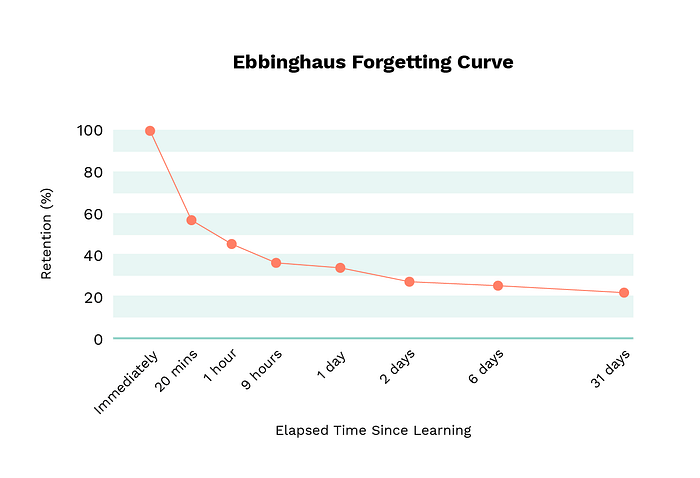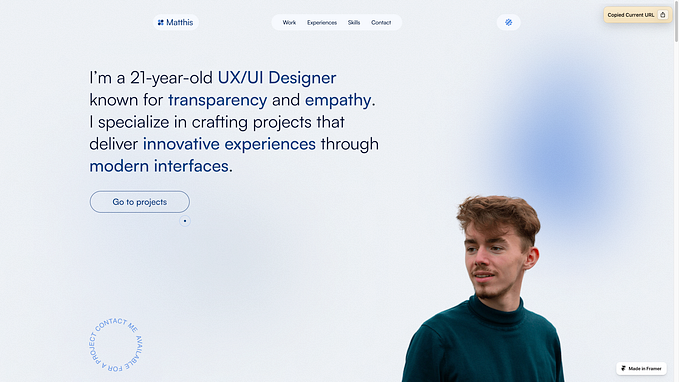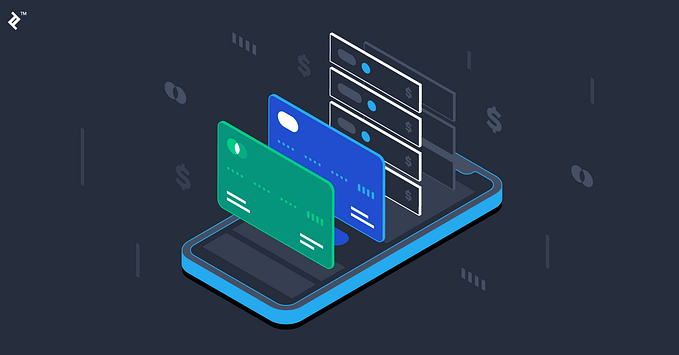Helping users “get it:” The churn-stopping power of Product Education
If your product is any more complex than Yo (remember Yo?), it’s going to take some time for your users to get acquainted with it and start using it to its fullest potential.
The experience during those early days can make all the difference between a user who’s happy and successful, and one who’s churned and currently hanging out with your #1 competitor.

Your product design matters a ton here. But beyond that, there’s also the often overlooked aspect of product education and user training.
In two years of building Hazel, a product aimed at making people managers better, we’ve learned one thing:
There’s no such thing as too much product education.
Ok, maybe there is, but the upper limit is way higher than where most startups think it is.
This lesson didn’t come easy. We’ve learned it the hard way as we onboarded thousands of users and watched many of them struggle to grasp how Hazel worked and how they could achieve their goals using it.
And even though we made investments in this area early on by hosting product webinars for new customers and even one-on-one onboarding sessions with some users, we continued to be surprised by how little information they retained.
In hindsight, we had significant gaps in both the content of our product education and in the delivery of that content.
Content-wise, your users need to understand:
- How your product will benefit them,
- Core concepts and how the thing actually works
- Best practices for its implementation and use,
- Expectations and timelines, if applicable
And in terms of delivery, consider this for a second:
- A large percentage of your users will ignore what you’re trying to teach them. Your email will get buried; your notification will be dismissed; your webinar skipped.
- Your users will forget ~70% of what you teach them within a day. It’s called the Ebbinghaus Forgetting Curve, and it’s a cruel mistress.
- People learn in different ways. Some like videos; some prefer text. Some want theory; some want data; some want anecdotes and stories.

With all this in mind, it’s evident that communicating even a single, simple idea requires multiple touches, across various channels and mediums. And you’ve got a lot of ideas that need communicating.
It’s no wonder that, in our case, by the time a manager got to using the product, most of what they’d seen in the demo evaporated into the abyss. We needed to close the gap, and like most startups, we needed to do it quickly.
The special case of Buyers vs. End Users
The challenges mentioned above are exacerbated if — as it is in our case — the people who buy your product and the people who use it aren’t the same. This is because:
- The users don’t necessarily self-select to use the product.
- They aren’t always sure if the product is “for them.”
- They don’t have the psychological commitment of having paid for it.
- The buyers don’t care: they’ll judge the success of your solution, in large part, based on end-user adoption.
This is a common pattern in any B2B space where the product is bought by one persona and used by another. For example, Salesforce and other CRMs are often beloved by Sales VPs but disliked by salespeople.
However, while SaaS products of the previous generation could often gain adoption through top-down enforcement, the demands for good end-user experiences have risen in the recent years, and good UX has a competitive advantage worth pursuing.
And so the last bullet point stands: If you are to succeed, you have to get end users excited and enabled even if they aren’t the ones paying for it. And product education plays a major role in that.
A few things that work (for us)
Different products, customers, and platforms require different approaches, but here are a few things that have worked for us:
- Teach one idea at a time. Ideally, paired with a single call to action.
- Explain benefits, not features. Show users how they can accomplish their goals with your product, not just how to use it.
- Make users do things. Instead of “learn more,” get them to “try now.”
- Repeat yourself. Spaced repetition is your super-power in the battle against the Forgetting Curve.
- Use multiple channels. For us, it’s email and Slack. For you, it might be your web app and your mobile app.
- Use multiple media types. Text and images, and video, and gifs, and webinars.
- Involve your advocates. Do you have users who love your product? Interview them and share their best practices with others.
Additionally, here are some initiatives we’re introducing this month. We don’t know if they’ll work for us yet, but we feel like they might:
Monthly product webinars. We were inspired to do this by Jason Lemkin’s post on the value of webinars. We hypothesize that having casual two-way conversations about new product capabilities can be a powerful way to both teach and build rapport with our users.
Product education for “late arrivals.” Today, we take good care of new users who are onboarded as part of a new customer launch, but not so much of new users who join later on as part of an ad hoc expansion.
The money question
Should customers pay for product education and user training? In my view, yes and no.
Phil Fernandez (Founder/ex-CO of Marketo) said this in his SaaStr talk:
If people don’t put skin in the game, if they don’t have a mental commitment and a financial commitment, to what you’re asking them to do, it’s really easy to get distracted. It’s really easy not to follow through. And you just see that — and I see this in SaaS companies over and over and over again — a sale takes place, but the customer never really quite gets there with the product.
And that’s true. Charging for training can make it both more scalable and more effective.
That said, some people don’t want to buy training. Or they do, but then still don’t follow through on it, even having paid for it. Consider this example from Austen Allred, CEO of LambdaSchool:
Brutal. But either way, you’re not going to just sit there and hope for the best, are you? Paid or unpaid, you need to make your product education available and easily accessible to all of your users.
Your adoption, retention, and overall success depend on it.
Misha Abasov (tw: @mishaabasov) is a Co-Founder and Chief Customer Officer at Hazel, a platform that helps companies scale up their leaders on pace with their business. He writes about Marketing, Customer Experience, and Work.








